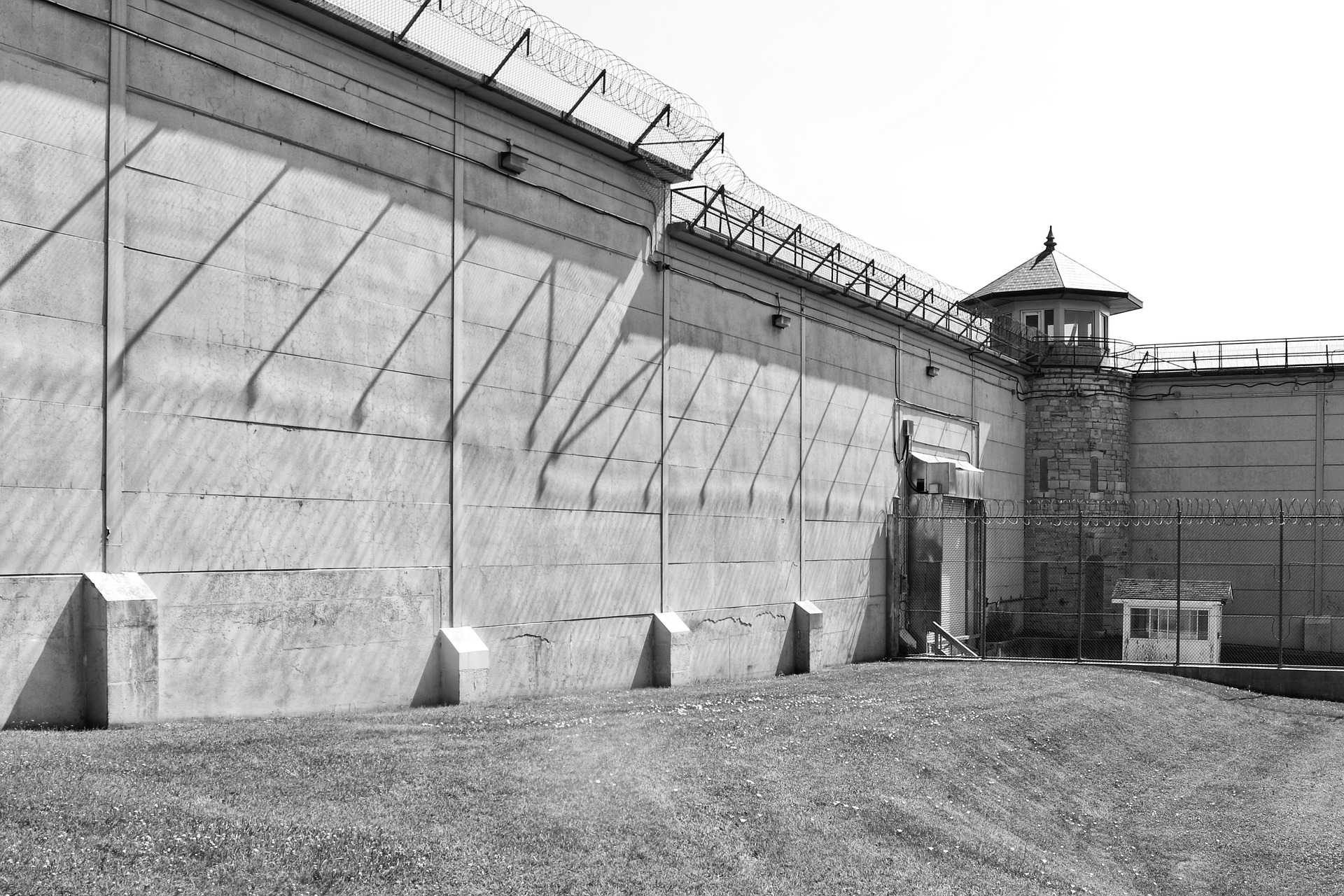"Decoding the Intricacies of the U.S. Federal Reserve's Monetary Policies"
Introduction: Dive into the labyrinth of U.S. Federal Reserve's monetary policies and understand their impacts on the economy and society. A comprehensive analysis of its historical context, current updates, and societal implications await you. The Federal Reserve System, often known as 'the Fed,' was established in 1913 in response to a series of financial crises in the early 20th century. It was designed as an independent entity within the government, not owned by anyone and not directly controlled by the political process. Its primary purpose was, and still is, to provide the U.S. with a safe, flexible, and stable monetary and financial system.

The Fed’s Monetary Policies: A Closer Look
The Federal Reserve’s monetary policies primarily revolve around managing inflation and unemployment rates. This is achieved through two main strategies: open market operations and setting the federal funds rate. Open market operations involve buying and selling U.S. Treasury securities to influence the amount of money in circulation. On the other hand, the federal funds rate, the interest rate at which banks lend money to each other overnight, influences other interest rates and subsequently, spending and investment in the economy.
Current Updates and Policy Changes
In recent years, the Federal Reserve has been navigating the complexities of a post-recession economy. In response to the COVID-19 pandemic, the Fed slashed interest rates to near-zero levels in March 2020. This was done to encourage borrowing and investment and to prevent the economy from spiraling into a depression. The Fed has signaled that it intends to keep interest rates at these low levels until it has seen substantial progress towards its goals of maximum employment and price stability.
Societal Impact and Implications
The monetary policies of the Federal Reserve have vast societal implications. Interest rate changes can impact everything from mortgage rates to the cost of student loans. Lowering interest rates generally stimulates economic activity by making it cheaper to borrow money, which can boost spending and investment. However, this can also lead to inflation if the economy overheats.
Wrapping Up: The Role of the Federal Reserve
Understanding the role of the Federal Reserve and its monetary policies is crucial in today’s ever-changing economic landscape. As the Fed continues to adapt to new economic challenges, being aware of these policy changes and their implications can help individuals and businesses make informed financial decisions.
In conclusion, the U.S. Federal Reserve plays a paramount role in shaping the financial direction of the country. Its monetary policies, though complex, have far-reaching implications on the economy and the society at large. As citizens, comprehending the intricacies of these policies is crucial to navigate the economic landscape effectively and make informed decisions.




